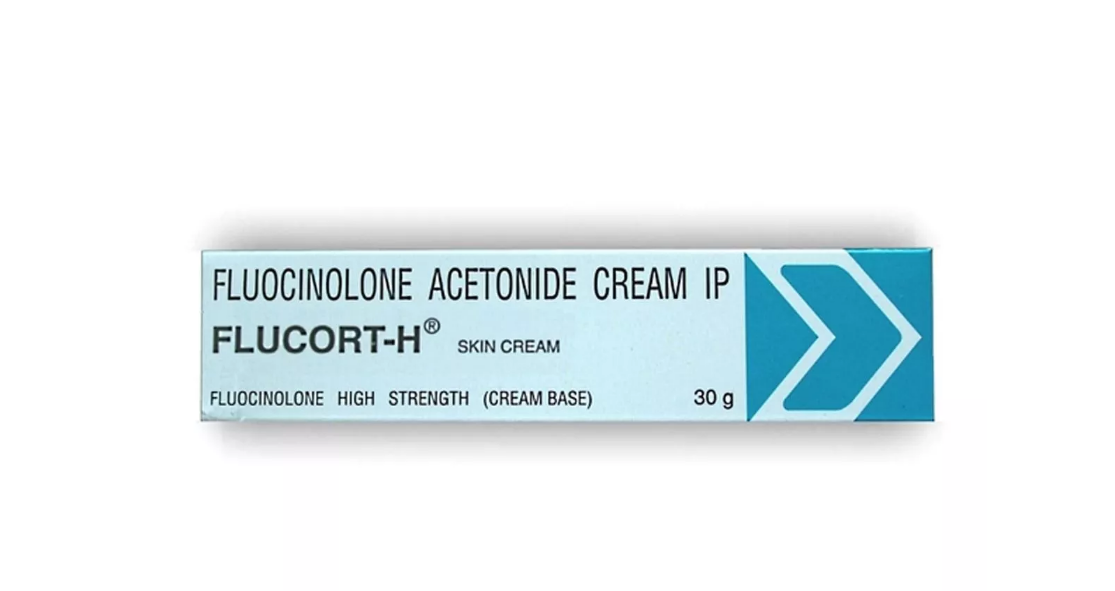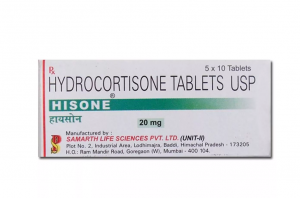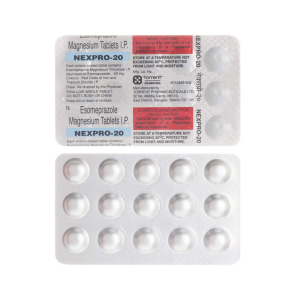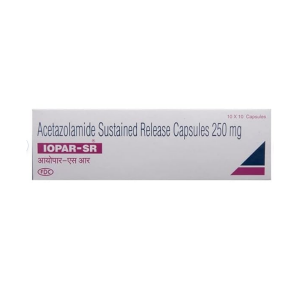Description
Flucort, 0.025% ointment, is intended for topical administration. The active component is the corticosteroid fluocinolone acetonide, which treats a wide range of skin conditions such as rash, allergies, eczema, and dermatitis. Flucort reduces itching, swelling, and redness associated with these conditions. The mechanism of the anti-inflammatory activity of topical corticosteroids is unclear. However, it is believed to block the production of certain chemical messengers in the body that are responsible for causing inflammation and allergies.
Product Description
Topical corticosteroids are contraindicated in those patients with a history of hypersensitivity to any of the components of the formulation. It should not be used in untreated bacterial, fungal, or viral skin lesions. Administration of topical corticosteroids to children should be limited to the least amount of compatible and effective treatment options. Chronic corticosteroid therapy affects the growth and development of children.
It should be weighed against possible hazards to the fetus or the nursing baby if used during pregnancy or lactation. The ointment is not for ophthalmic purposes. This topical formulation is not recommended for use under occlusive dressings. Be cautious while applying the medication on lesions that appear close to the eye. Severe irritation may occur if these formulations contact the eye. If this occurs, close-eye flushing with a large volume of water is suggested.
Prolonged use of Flucort ointment may produce atrophy of the skin, particularly on the face. If this is observed, discontinue using the product. The ointment should be used with caution in patients with stasis dermatitis and other skin disorders associated with impaired circulation if a symptomatic response is not observed within a few days to a week. In cases of bacterial skin infections, appropriate antibacterial drugs should be used as primary therapy. If it is considered essential, topical Fluocort may be used as an adjunct to control itching, erythema, and inflammation.
Side Effects
The following local adverse effects are reported infrequently with topical corticosteroids but may occur more frequently with occlusive dressings. These reactions are listed below:
- Burning
- Itching
- Irritation
- Dryness
- Irritation
- Folliculitis
- Hypopigmentation
- Hypertrichosis
- Skin atrophy
- Striae
- Perioral dermatitis
- Allergic contact dermatitis
This list may not describe all possible side effects of Flucort. Speak to your doctor for detailed medical advice about side effects.
How to Use
Flucort ointment is generally applied to the affected areas as a thin layer from two to four times daily, depending on the severity of the condition. The hair should be parted on hairy surfaces to allow direct contact with the lesions. The occlusive dressing may be used to manage psoriasis or unmanageable issues. Precautions should be taken when using plastic film/bandage to cover the affected skin area to prevent skin inflammation.
Similarly, caution should be taken when such films/bandages are used on children or left in proximity to avoid accidental suffocation. In case of an infection, the occlusive dressings should be discontinued, and appropriate antibacterial or antifungal therapy should be introduced. Also, inform your doctor if your symptoms do not improve within one week.






2 reviews for Flucort H 0.1% Cream (20 gm)
There are no reviews yet.